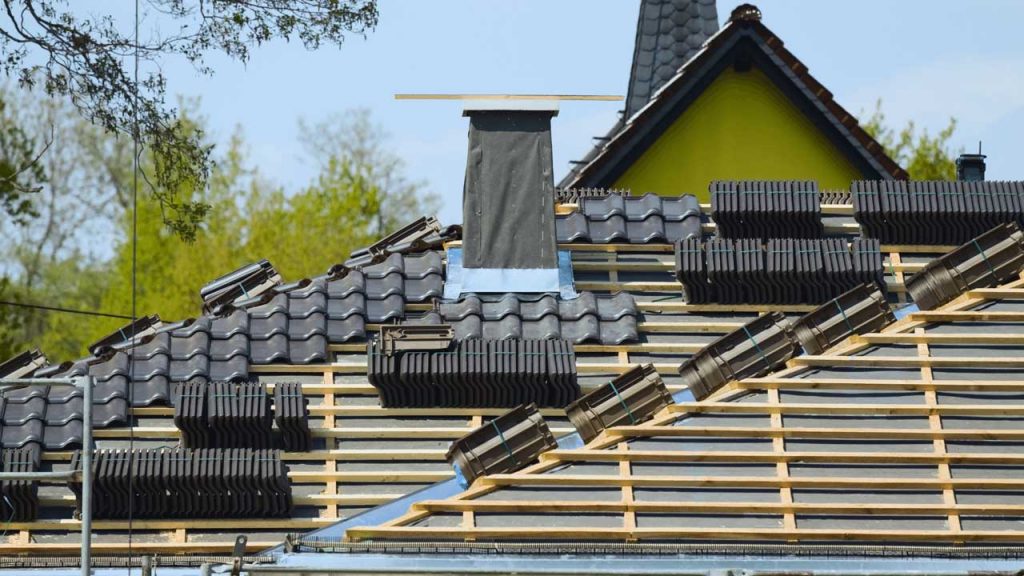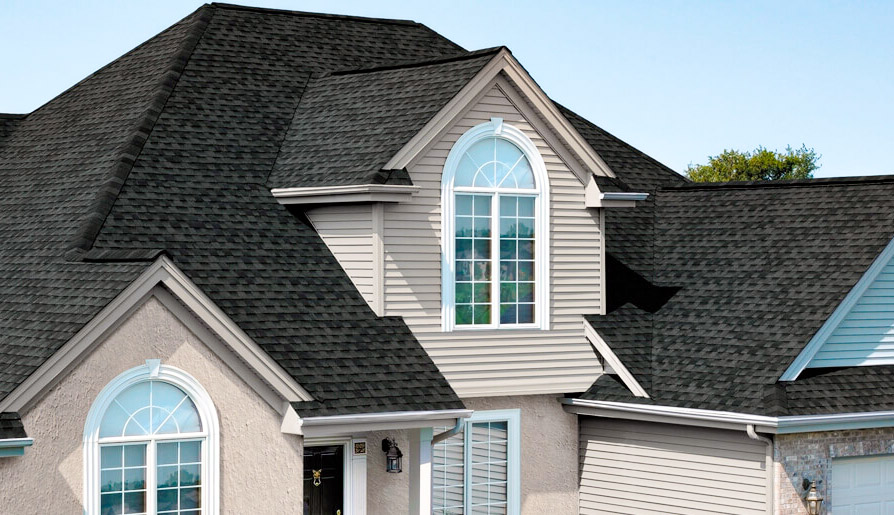Extreme weather in Texas is a reality that homeowners must accept and prepare for. It can have an immense impact on the condition of their roof, leaving them vulnerable to water damage, decay, and other issues.
In this article, we will look at how extreme weather affects roofs in Texas and what measures should be taken to protect them from further harm.
The varying climates experienced throughout Texas make it especially difficult for homeowners to anticipate the type of weather they may encounter. From hail storms during springtime to hurricane season in autumn, there are many elements that could cause significant damage to any kind of roofing material if it isn’t properly maintained.
Understanding these factors and taking preventive steps is essential for preserving the integrity of your home’s roof over time.
Types Of Weather In Texas
Texas is known for its extreme weather conditions, from scorching heat to freezing winters. It experiences a wide range of temperatures and humidity levels throughout the year.
Wind patterns in Texas vary greatly depending on the season, with areas along the coast experiencing higher wind speeds than inland locations due to their proximity to the Gulf of Mexico. During summer months, winds generally come out of the south and southwest while winter winds tend to blow north or northeast. These strong winds can cause damage to roofs if they are not properly maintained and reinforced against them.
In addition to high wind speeds, Texas also has high humidity levels which can further damage a roof over time. High moisture levels combined with hot temperature can lead to mold growth as well as rot, both of which can weaken a structure’s integrity significantly if left unaddressed.
Therefore, it is important that homeowners pay attention to these factors when considering ways to protect their home from extreme weather conditions in Texas. Taking preventative measures such as regular maintenance and repair checks will help ensure that your roof remains structurally sound in spite of extreme weather changes.

Potential Damage Caused By Extreme Weather
Texas is prone to extreme weather conditions, with temperatures ranging from -17 degrees Fahrenheit in the winter to over 100 degrees Fahrenheit in summer.
In addition, hail storms are common during spring and summer months.
These extreme temperatures and hailstorms can have a devastating effect on roofs if they are not properly maintained and protected.
High temperatures can cause shingles to become brittle as well as cause loss of adhesion between shingles, leading to potential leaks that may damage the interior of your home.
Extreme cold causes expansion and contraction of materials such as asphalt shingles which leads to cracking or splitting of the material.
Hailstorms can also cause significant damage by breaking or denting roof coverings, gutters, flashing and skylights.
How To Inspect A Roof For Damage
Inspecting a roof for damage caused by extreme weather can be an intimidating process. However, with the right pre-inspection preparation and knowledge of common issues associated with severe weather conditions, homeowners are empowered to tackle this important task.
Before beginning any inspection, it is essential to make sure that all safety protocols are followed. Be sure that you have all necessary supplies like ladders or extension poles before attempting a roof inspection. Additionally, check the forecast in your area so that you can plan accordingly if there will be inclement weather during your time on the roof.
It is important not to underestimate the power of nature; stormy days may cause debris from trees or other sources to fall onto roofs without warning. To protect against these possibilities, consider using weatherproofing products such as sealants or coatings which can help fortify your roof’s durability over time.
Preventive Measures To Protect Your Roof
Texas’ extreme weather can have grave consequences on a roof. From strong winds to hail storms, there are numerous potential risks that require preventive measures in order to safeguard the integrity of the structure.
Regularly inspecting and maintaining your roof is essential for protecting it from damage caused by Texas’ extreme conditions. It is advisable to look into reinforcing your roof with adequate ventilation and sealing any cracks or gaps as part of a preventative strategy.
Roof ventilation helps minimize heat build-up within the attic space while also reducing moisture levels inside the home, both of which contribute to keeping your roof safe from natural wear-and-tear over time. Sealing cracks around vents and other openings on the roof’s surface not only prevents water seepage but will help protect against physical damage due to high wind speeds during storm season.
Replacing A Damaged Roof
The scorching Texas sun and extreme weather conditions can take a toll on roofs. In areas that experience harsh winter storms, the roof may suffer further damage due to heavy snowfall or strong winds.
Hiring professionals is the best way to repair or replace a damaged roof in order to ensure its structural integrity.
Additionally, it’s important to be aware of insurance coverage related to roof repair and replacement; some policies have exclusions for certain types of damage caused by natural disasters like hurricanes or floods, which could leave homeowners with unexpected costs.
Ultimately, taking proper precautions such as hiring experts and understanding your insurance policy will help protect your home from the damaging effects of Texas’ extreme weather conditions.

Maintenance Tips For Optimal Roof Performance
As the climate continues to change, it is more important than ever for people living in Texas to take proper care of their roofs. The extreme weather conditions that occur from time to time can cause significant damage if not properly maintained and monitored.
To ensure optimal roof performance, there are a few maintenance tasks that homeowners should follow on a regular basis.
For starters, it is recommended that you inspect your roof every six months or so to check for any signs of wear and tear such as missing shingles, cracked tiles, loose nails, etc.
Moreover, cleaning out the gutters regularly will help prevent the buildup of debris which could lead to water pooling up on top of your roof.
Additionally, trimming back any overhanging branches will reduce the chance of them falling onto your roof after a storm and causing further damage.
Taking these steps will go a long way towards preserving the integrity of your roof over time regardless of climatic changes.
Knowledge Is Power: Get Educated About Roofs
In the state of Texas, extreme weather can be a major factor in roof damage and repairs. It is important for homeowners to understand what their roofs are made of as well as how it might be affected by storms or other climatic events.
Roof materials vary greatly from asphalt shingles to metal sheeting, with each material having its own unique properties when exposed to heat, cold and rain.
Homeowners should also take into consideration insurance coverage needed if there was significant damage during an extreme weather event. Getting the right policy that covers water leaks due to ice dams, hail damage and wind displacement can help protect one’s home financial future in unexpected circumstances.
Additionally, understanding any applicable manufacturer warranties associated with certain types of roof material could provide additional protection against costly damages caused by severe weather conditions.
Ultimately, knowledge is key when managing the risks related to extreme weather on one’s roof.
